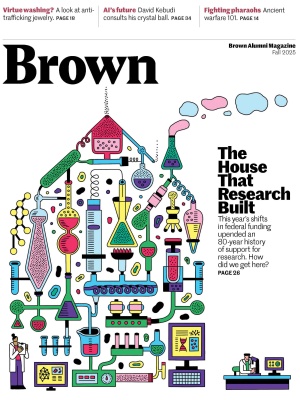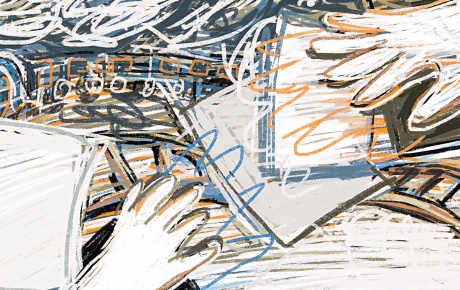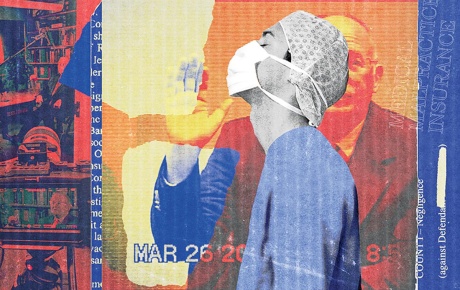In a July article in the journal Nature Human Behaviour, cognitive neuroscientists at the Carney Institute for Brain Science spilled the tea about the complicated mental computations that allow people to gossip successfully.
“We draw on two important factors when calculating who to share a morsel of gossip with,” says study author Oriel FeldmanHall, an associate professor of CoPsy (cognitive and psychological sciences): “how popular the person is and how distantly connected they are to whoever the gossip is about.”
The study, supported by a federal grant from the National Science Foundation, found that people tend to gossip less with those who are friends with the subject of the gossip—especially if the subject is considered popular—and gossip the most with those who are popular yet distantly connected to the subject. “This winning algorithm enables us to share information widely without the subject knowing that we’re talking about them,” says FeldmanHall.
“Social media platforms use functionally similar algorithms to predict sharing behavior,” adds study author Alice Xia, a cognitive science PhD student. “This is essentially how we get viral content.”
The human ability to make these calculations hinges on a mental process called cognitive mapping. A 2024 paper by FeldmanHall and Apoorva Bhandari, an assistant professor of CoPsy, established that humans replay memories of daily social interactions while sleeping to build a mental map of their social network.
Even though people do not consciously recognize the relationship of every person in their social network to every other person, FeldmanHall says the maps they unconsciously create serve as reliable guides for whom to spread gossip to, whom not to spread gossip to, and how gossip will travel.
In the new study, FeldmanHall and Bhandari tested their theory on 200 first-year students and found that even in an intricate social network comprising tens of thousands of possible connections, people were able to successfully predict where gossip would flow.
Drawing on this data, the researchers teamed up with Matt Nassar, an assistant professor of neuroscience, to create a computational model of how a person’s brain simulates and predicts the movement of gossip.
“The brain compresses what a person observed—Mary getting coffee with James, then James hanging out with Adam, for example—into a simplified map of the network, which allows the person to make educated guesses about who will hear what, even when those people are several steps removed from each other,” Xia says.
According to FeldmanHall, the new study findings suggest gossip isn’t merely idle chatter. “The fact that our brains invest this much mental math in keeping our gossip out of the wrong hands is testament to the power of gossip and the sophistication of the human brain.”






